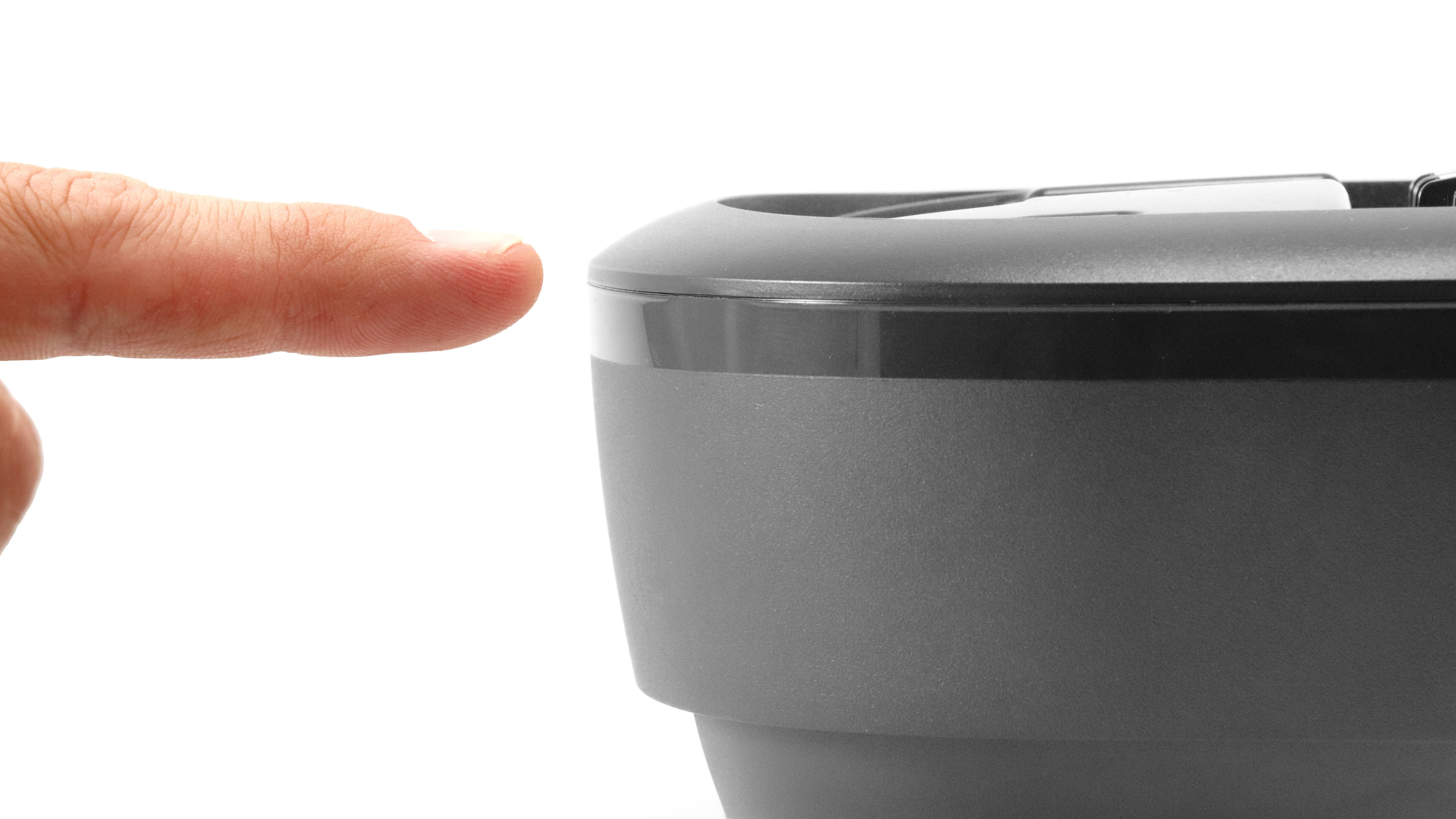You Can’t Touch This: Non-Contact IR Welding for Plastic Parts
This webinar from Extol provides key information on non-contact IR welding for plastic parts, covering various IR sources and their energy control methods, different welding processes, material and design considerations, and applications.
Here's a summary of the key information:
1. Introduction to Extol
-
Extol specializes in solving complex plastic manufacturing challenges by combining plastic welding expertise with custom automation [01:41].
-
We offer engineering services, plastic assembly technologies (IR welding, laser, hot plate welding, spin welding, ultrasonic, staking), and custom automation expertise [02:28].
2. Introduction to IR Welding
-
Plastic welding fundamentally requires heat (energy) and pressure [04:36].
-
Infrared (IR) energy is a form of heat, specifically a longer wavelength from the visible light spectrum, used for welding [05:00].
3. IR Sources and Energy Control
-
Extol utilizes four types of IR sources: Straight IR emitters, Custom Quartz emitters, InfraGuide emitters (proprietary to Extol, robust, cost-effective, uniform, focused energy), and Laser energy (1-micron and 2-micron wavelengths) [06:39].
-
Pressure is applied using pneumatic or servo presses, with servo presses offering higher precision [08:51].
-
Energy control methods include masking (with quartz emitters) [09:37] and focused energy (achieved with InfraGuide) [10:29].
4. IR Welding Processes and Considerations
-
InfraGuide Technology: Demonstrated with a video of welding glass-filled nylon, showing intentional flickering to reduce heating rate and achieve a consistent weld [12:17]. It can accommodate different contour heights in the Z direction [15:03].
-
Quartz Emitters: Shown heating multiple linear weld ribs, using a thick mask tool to clamp the part and focus energy [14:28].
-
Direct Laser Welding: Utilizes a laser source to heat multiple spots, producing smoke that requires management with an exhaust system [17:31].
-
Material and Design Limitations: Plastic must have proper absorptive properties for the specific IR wavelength [19:41]. Darker colors generally absorb more heat [20:32]. Hygroscopic materials, such as PEEK and PA, need to be dry [22:59].
-
Cycle Time: IR welding can be longer than vibration welding, but it is comparable to hot plate welding [25:09]. Direct laser is often the fastest, followed by InfraGuide, then quartz, and non-contact hot plate welding generally being the longest [26:18].
-
Energy Control and Uniformity: InfraGuide offers tunable, uniformly distributed energy [28:29]. Quartz IR is moderately uniform, while non-contact hot plate welding is uniform but positionally dependent [28:15]. Direct laser offers programmable, tunable, and uniformly distributed energy [29:00].
-
Flare-ups: A risk with non-contact hot plate welding and quartz IR for certain resins due to flammable off-gassing, which can be mitigated with nitrogen [29:46]. InfraGuide has no flare-ups [30:23].
-
Input Power Control: For InfraGuide, power supplies control each bulb independently using pulse width modulation. For quartz IR, phase angle SCRs are used [30:52].
-
Flash Control: Flash is controlled by weld depth and consistent part dimensions. Flash traps can be designed into parts to conceal flash [38:17].
-
Direct vs. Through-Transmission Welding: Direct welding heats both components, while through-transmission welding passes energy through one component to be absorbed by the other [39:50]. InfraGuide and laser welding can be used for through-transmission applications [40:18].
5. Applications of IR Welding Technologies
-
Quartz IR Applications: Instrument panels, air ducts, fluid reservoirs, glove boxes, center consoles, washing machine tubs, large industrial containers [40:46].
-
InfraGuide Applications: Air ducts, battery cases, filters (embedding), small engine fuel tanks, electrical housings [41:54].
-
Non-Contact Hot Plate Welding Applications: Automotive lighting, fuel tanks, pallets, large batteries [44:18].
-
Direct Laser Applications: Fluid channels, plastic connectors, ports, medical devices [45:48].
6. Introducing the New Titan Series Welding Platform
-
Extol's new Titan series welding platform is a standard base system that allows users to choose their heat source: hot plate, InfraGuide, or quartz IR [48:25].
-
It can be configured for multiple welding technologies, offering flexibility and scalability [50:09].
-
Benefits include high uptime, low maintenance, reduced capital and operating costs, optimized weld quality, and accelerated development [49:27].
-
The platform features a high-precision force option with a load cell for accurate force control [53:50].
-
It has an energy shuttle that can accommodate different tooling for hot plate or IR welding [54:20].
-
The control box has quick connections for all three technologies (quartz IR, hot plate, and InfraGuide) [54:56].

